Explore the Best AI Image Gallery
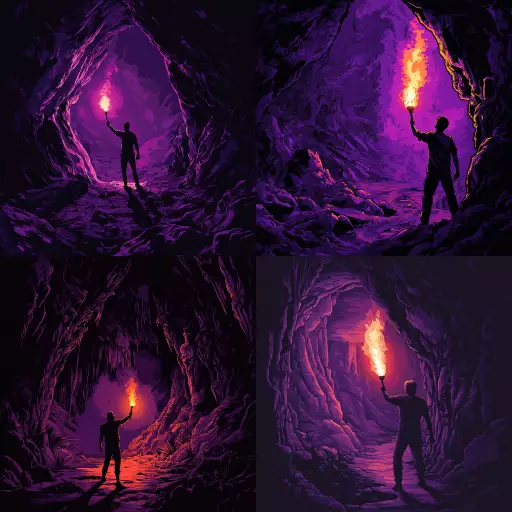
Pixelated Perceptions: AI Images Reshaping the Design Landscape
The realm of design is undergoing a seismic shift, fueled by the emergence of artificial intelligence (AI) and its ability to generate stunningly realistic images. This technology, once confined to the realm of science fiction, is now readily accessible, empowering designers, artists, and businesses alike to push creative boundaries and explore uncharted territories.
From generating intricate logos and captivating visuals for marketing campaigns to crafting personalized user experiences and revolutionizing architectural design, AI-powered image creation is poised to transform the way we conceive and interact with the world around us.
The Creative Canvas Unleashed: Potential Applications of AI Images
- Marketing and Advertising: Imagine creating eye-catching social media graphics, personalized product mockups, and dynamic banner ads in a matter of seconds. AI can generate diverse visual concepts tailored to specific campaigns, helping brands connect with their target audience on a deeper level.
- Web Design and User Experience: Enhance websites with captivating hero images, seamlessly integrate illustrations into web pages, and personalize user interfaces based on individual preferences. AI can breathe life into digital experiences, making them more engaging and immersive.
- Architecture and Interior Design: Visualize architectural blueprints as realistic 3D models, experiment with different interior design schemes, and create stunning presentations for clients. AI can accelerate the design process, allowing architects to iterate on ideas quickly and efficiently.
- Gaming and Entertainment: Generate unique in-game assets, create captivating environments, and develop dynamic storytelling experiences. AI can enhance the visual richness of games, blurring the lines between reality and fantasy.
Navigating Ethical Terrain: Challenges and Considerations
While the potential benefits of AI image generation are undeniable, its crucial to acknowledge the ethical considerations that accompany this transformative technology:
- Copyright and Ownership: Who owns the copyright to AI-generated images? Is it the user who inputs the prompt, the developer of the AI algorithm, or the AI itself? This complex question requires careful consideration and legal frameworks.
- Bias and Representation: AI algorithms are trained on vast datasets, which can inadvertently reflect societal biases. Its essential to ensure that AI-generated images are inclusive and representative of diverse cultures and perspectives.
- Job Displacement: The automation capabilities of AI may lead to job losses in certain creative fields. Its important to prepare for these potential changes and invest in education and retraining programs.
The Future Canvas: Trends Shaping the Landscape
As AI image generation technology continues to evolve, several trends are shaping its future:
- Increased Accessibility: User-friendly interfaces and cloud-based platforms will make AI image creation more accessible to a wider audience, empowering individuals without technical expertise to explore their creative potential.
- Personalized Creations: AI algorithms will become increasingly sophisticated at tailoring images to individual preferences, generating unique content that resonates with specific users.
- **Collaboration Between Humans and AI:** Designers will increasingly collaborate with AI tools, leveraging the strengths of both human creativity and machine efficiency to produce innovative and compelling results.
The convergence of AI and design is an exciting frontier, brimming with possibilities. By embracing this transformative technology responsibly and ethically, we can unlock new avenues for creative expression, push the boundaries of innovation, and shape a future where art and technology co-exist in harmony.



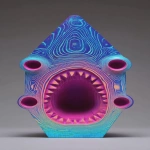



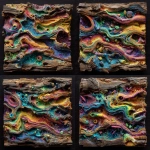
](https://images.ai-img.art/thumbnails/150/7d9de60c58579b921ad140a9e1d752642452d5086b74a27d866e8af04608ed7d.webp)

](https://images.ai-img.art/thumbnails/150/ac7218edd6198d49ed8d9853a5890595fc4d2a7a11c2e8a7ee8bcfbc7bfe265e.webp)
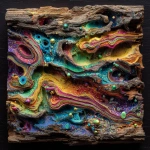

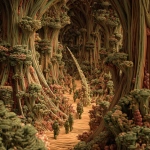
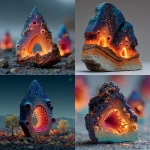
](https://images.ai-img.art/thumbnails/150/ebc95932b25c17607076ed8d2a4bafc85c3371cf3f2d45c35741505fe3c97de1.webp)

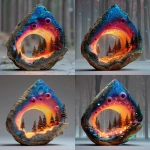
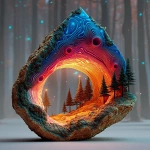

](https://images.ai-img.art/thumbnails/150/914cb18c03c97bdba2f290c0ec1573d5792bf399dbad7f484614764eb31f4c2f.webp)
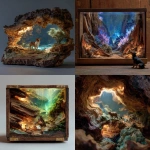



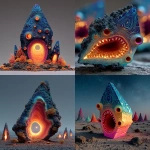
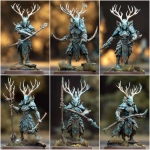
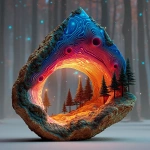
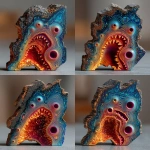


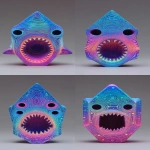
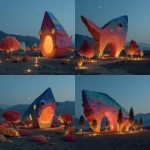
](https://images.ai-img.art/thumbnails/150/3b65287fef447a6ad61bcb18b5b9d03b6f6f74603ae0e058f81f4b91a3e02f36.webp)
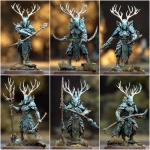

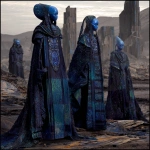
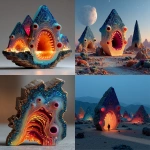

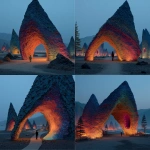
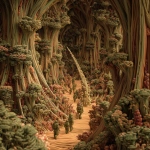
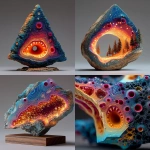


](https://images.ai-img.art/thumbnails/150/98325fa7102e81df81f1dba6df8df52929b4fa41b058192faf3c77cf94513ff7.webp)
](https://images.ai-img.art/thumbnails/150/769518185300fcbda91b7bbf92b9007bc856379accd52eaf7983f9aec379e88e.webp)

](https://images.ai-img.art/thumbnails/150/09314c003088f7174f747fa65105eca599e0842cf69e637ce4c98ebefd3f50ab.webp)
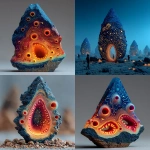
](https://images.ai-img.art/thumbnails/150/a31f622763ce0ecb2e76a907e566b81cfcc171e8d9b8b393f27681be24b6ca91.webp)